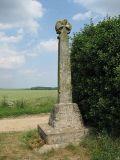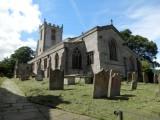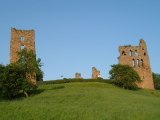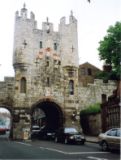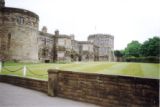Skirmish at Ferrybridge
Skirmish at Ferrybridge
On 28 March 1461, a skirmish at Ferrybridge, West Yorkshire, was fought in the lead-up to the Battle of Towton. Richard Neville, Earl of Warwick (‘The Kingmaker”), received an arrow wound to the leg. John, Lord Clifford, (believed to be responsible for the death of Edward IV’s brother Edmund, Earl of Rutland) fell on the Lancastrian side.
Traditionally the skirmishes at Ferrybridge and Dintingdale (also on 28 March 1461) and the battle of Towton were seen as three separate battles, both in space and time. However, Tim Sutherland argues, that these were rather three interconnected conflicts. He bases his analysis on archaeological finds and a new interpretation of the sources.
Reference:
Tim Sutherland, ‘Killing Time: Challenging the common perceptions of three medieval conflicts – Ferrybridge, Dintingdale and Towton — ”The Largest Battle on British Soil”’, Journal of Conflict Archaeology, Vol.5 No.1 (2010). Available from URL: http://www.towton.org.uk/wp-content/uploads/killing-time_tim_sutherland.pdf [last accessed 2 March 2020]
A short description of the various battles of the Wars of the Roses can be found on the website of the Richard III Society.
Tags: Battles, Lancastrians, Wars of the Roses, Yorkists, Yorkshire
